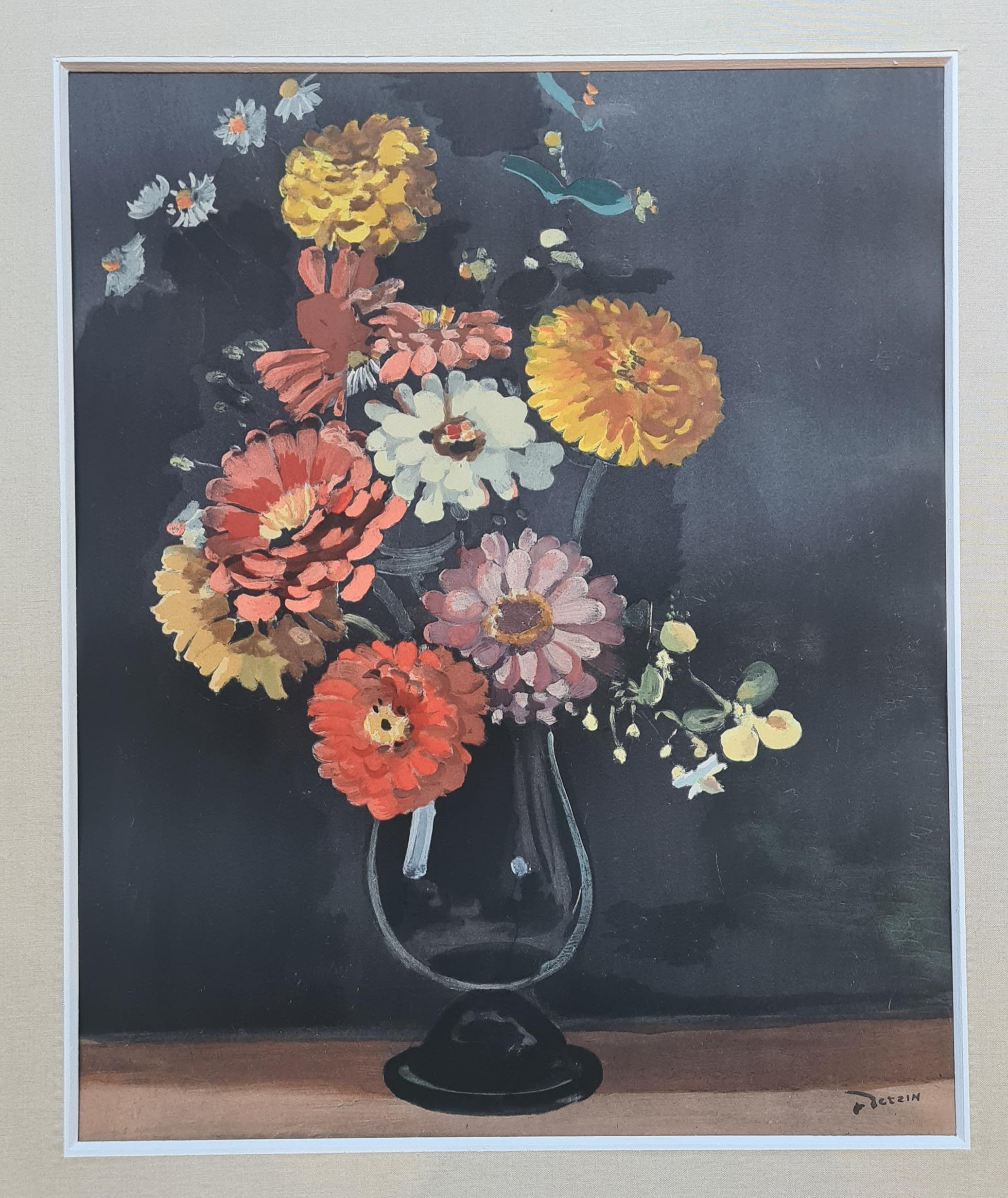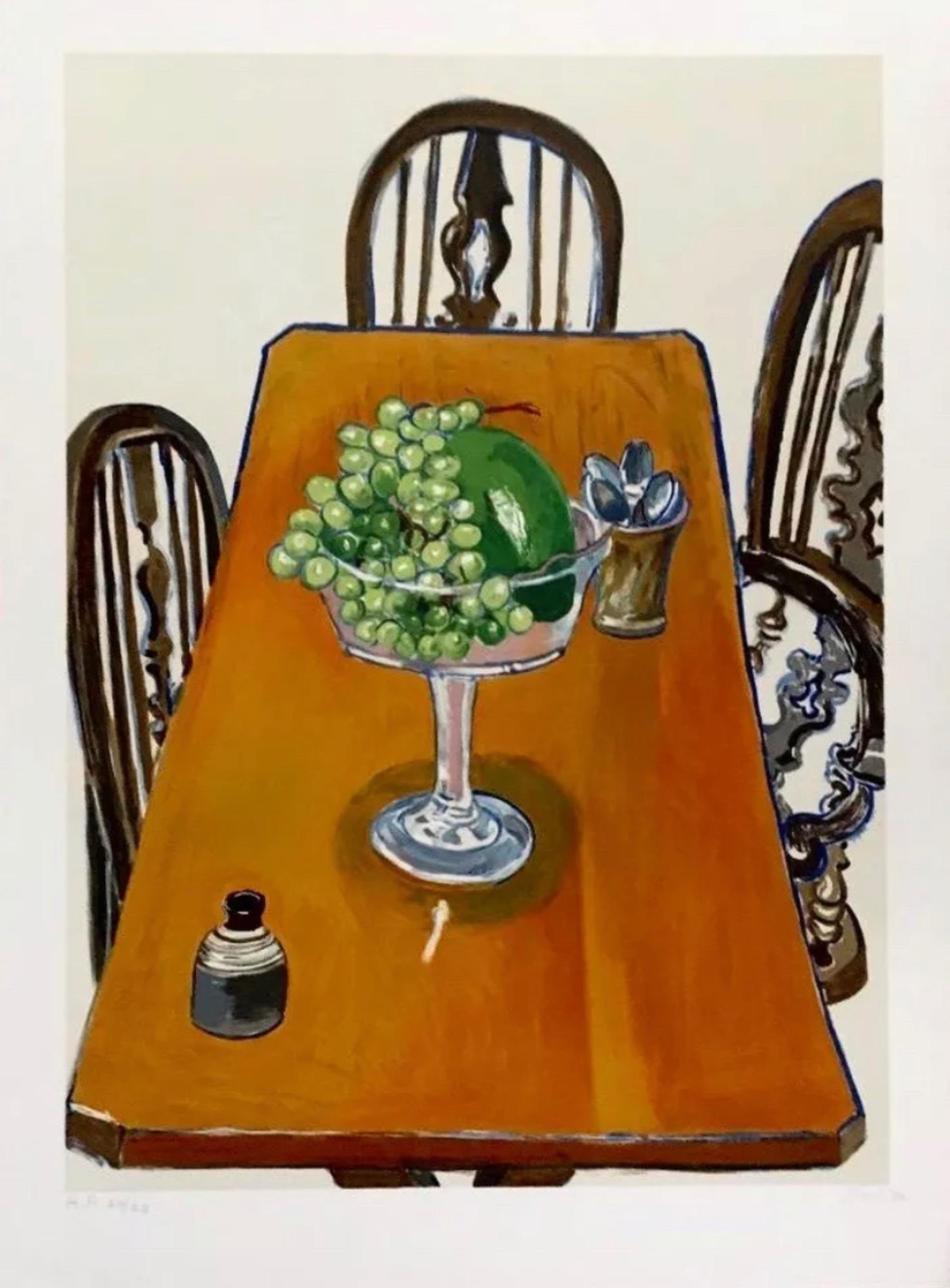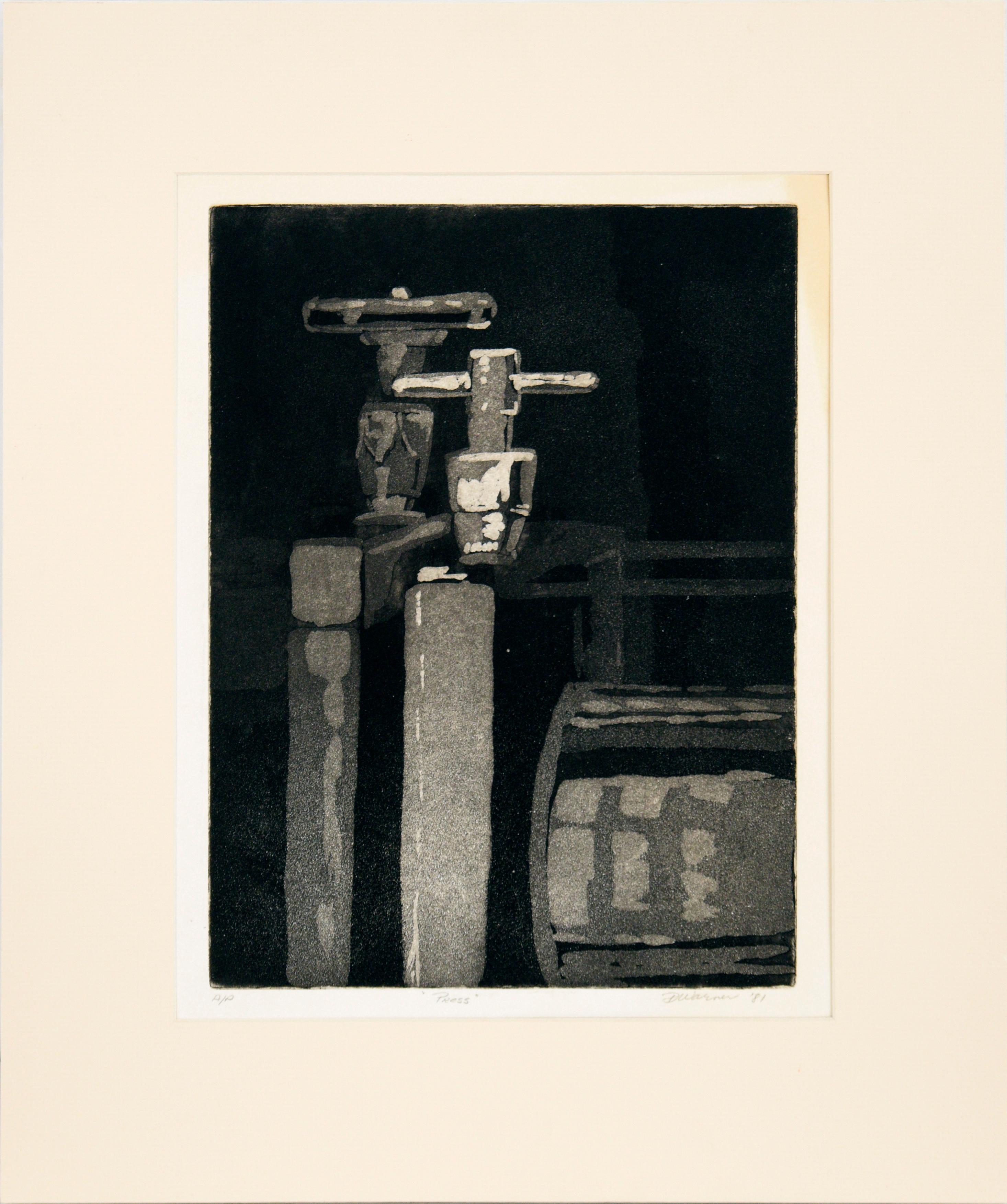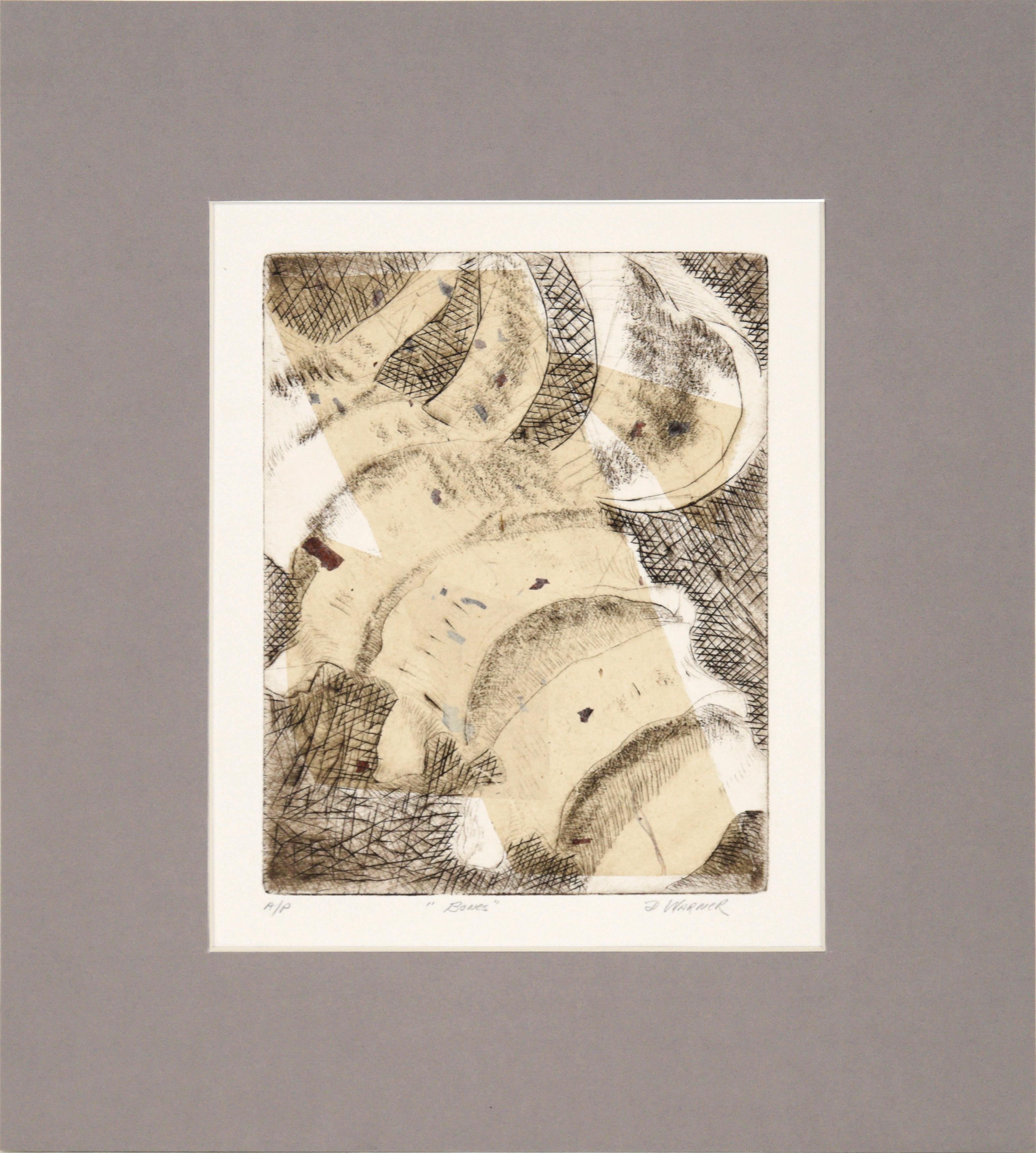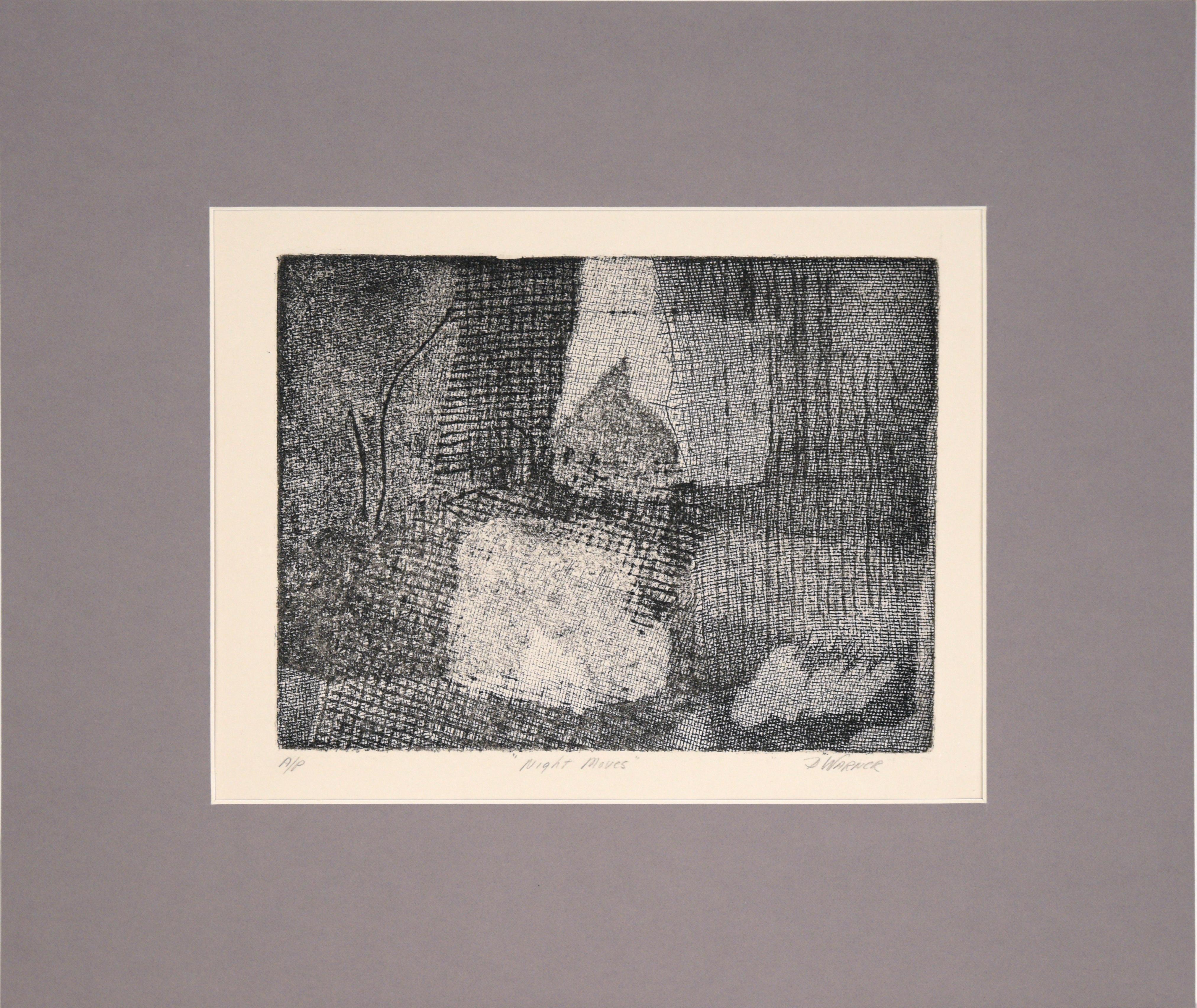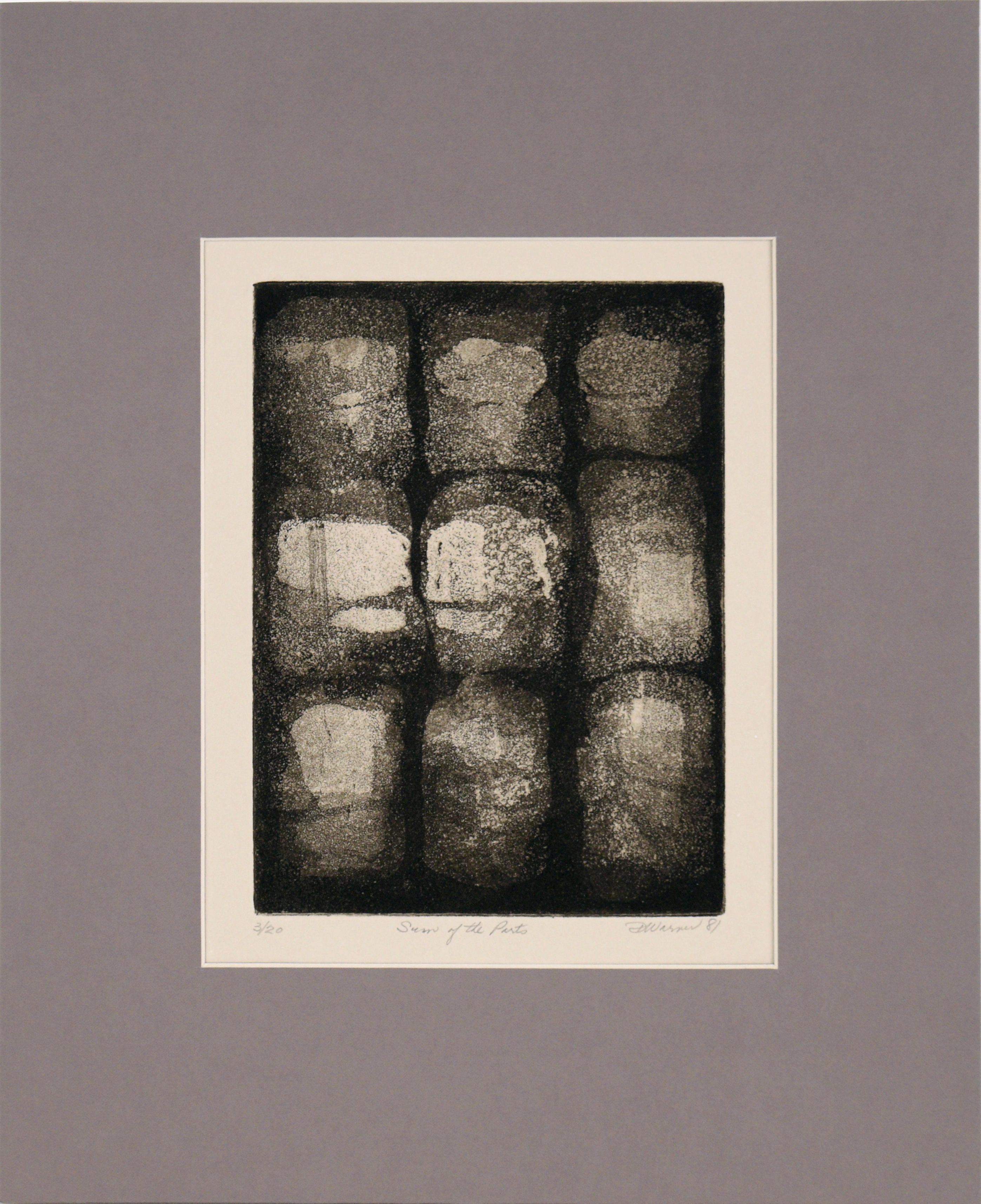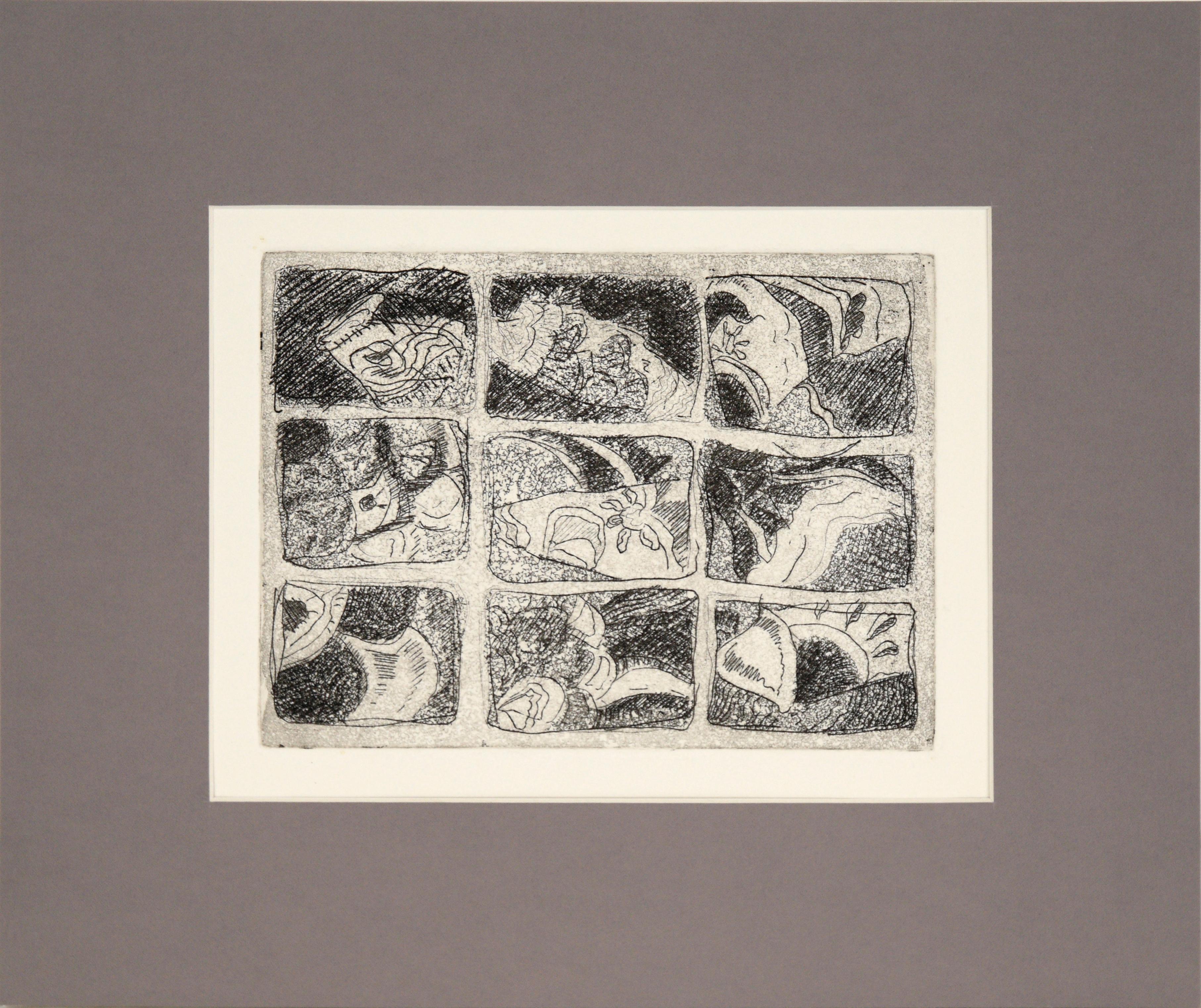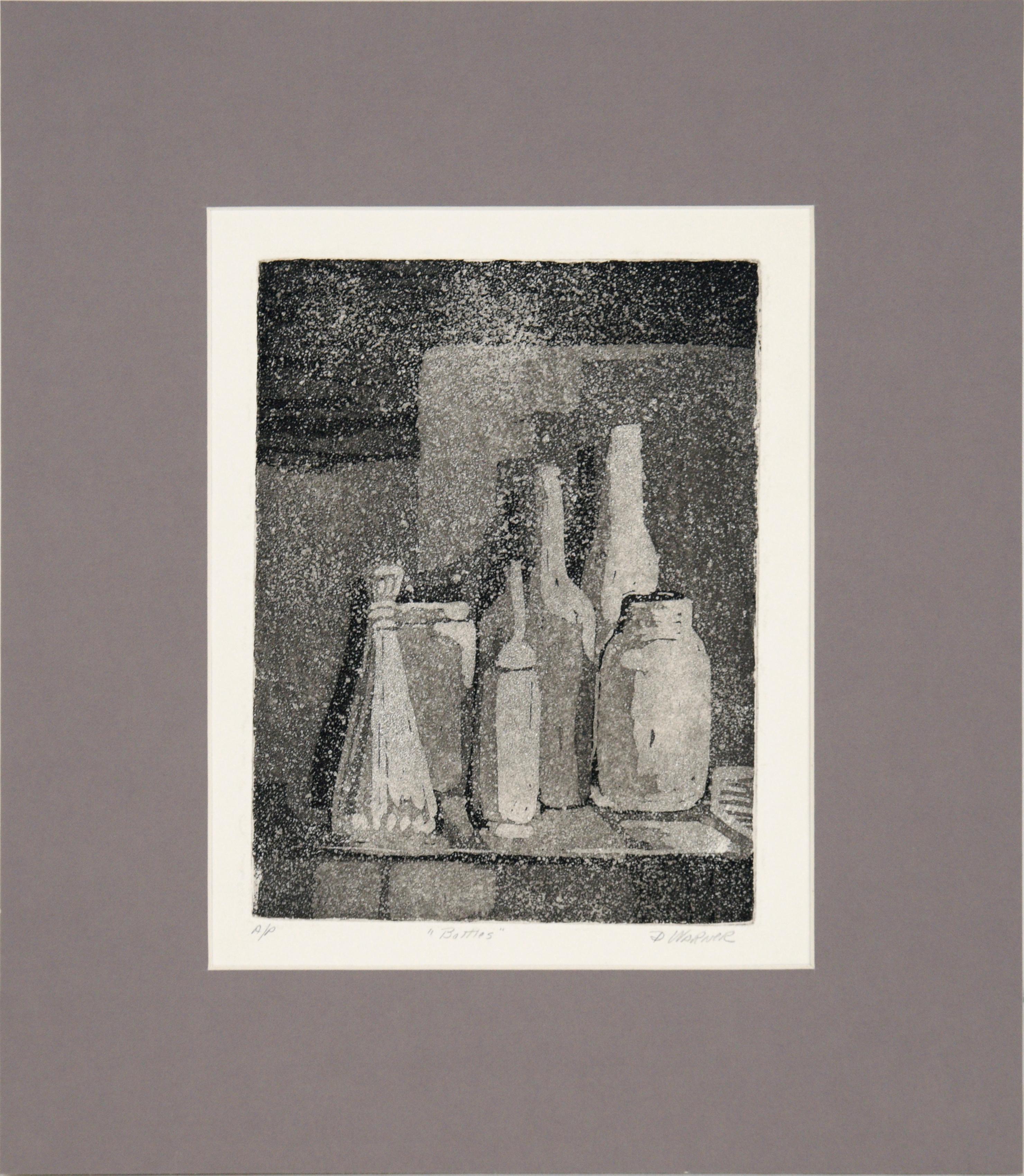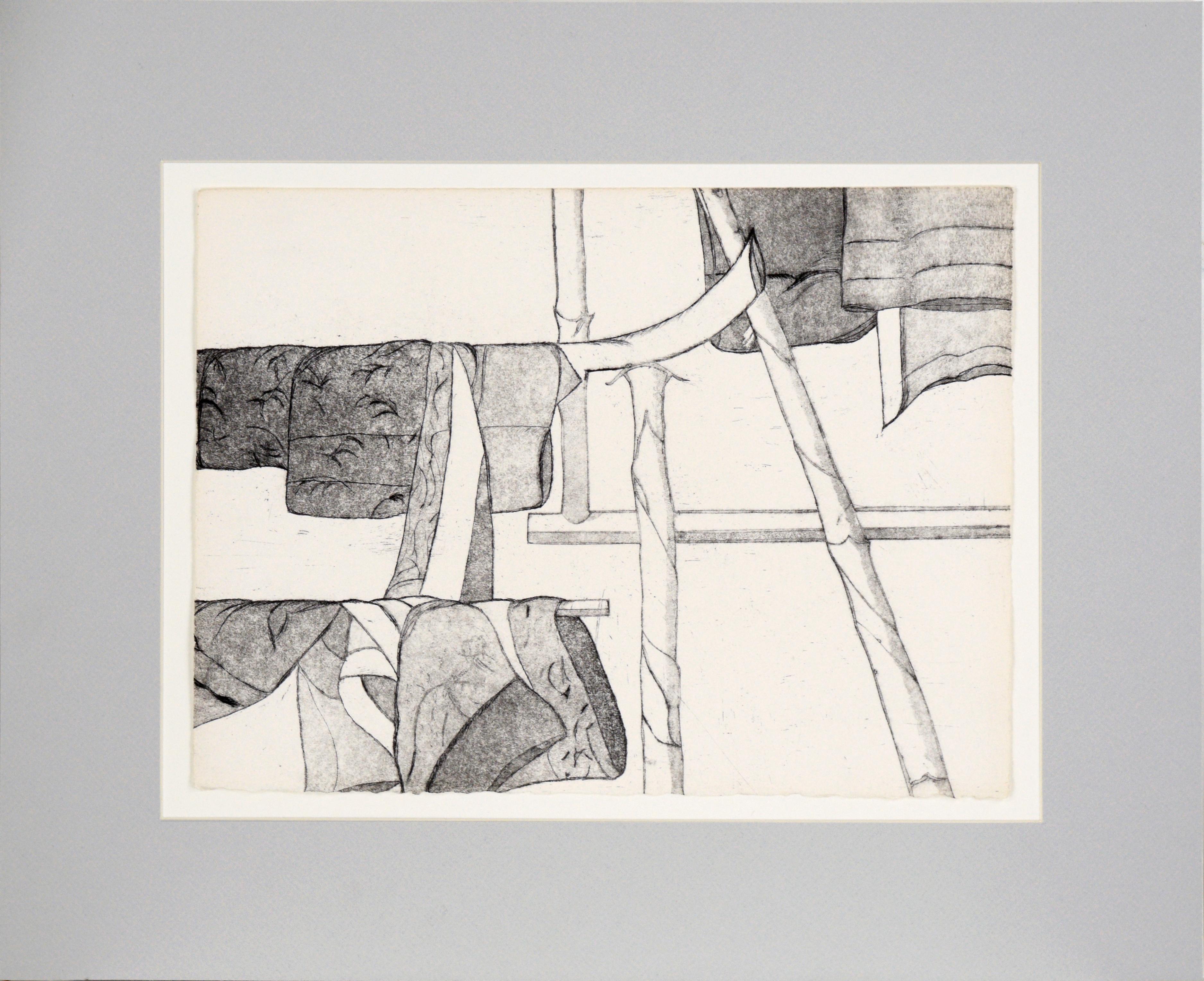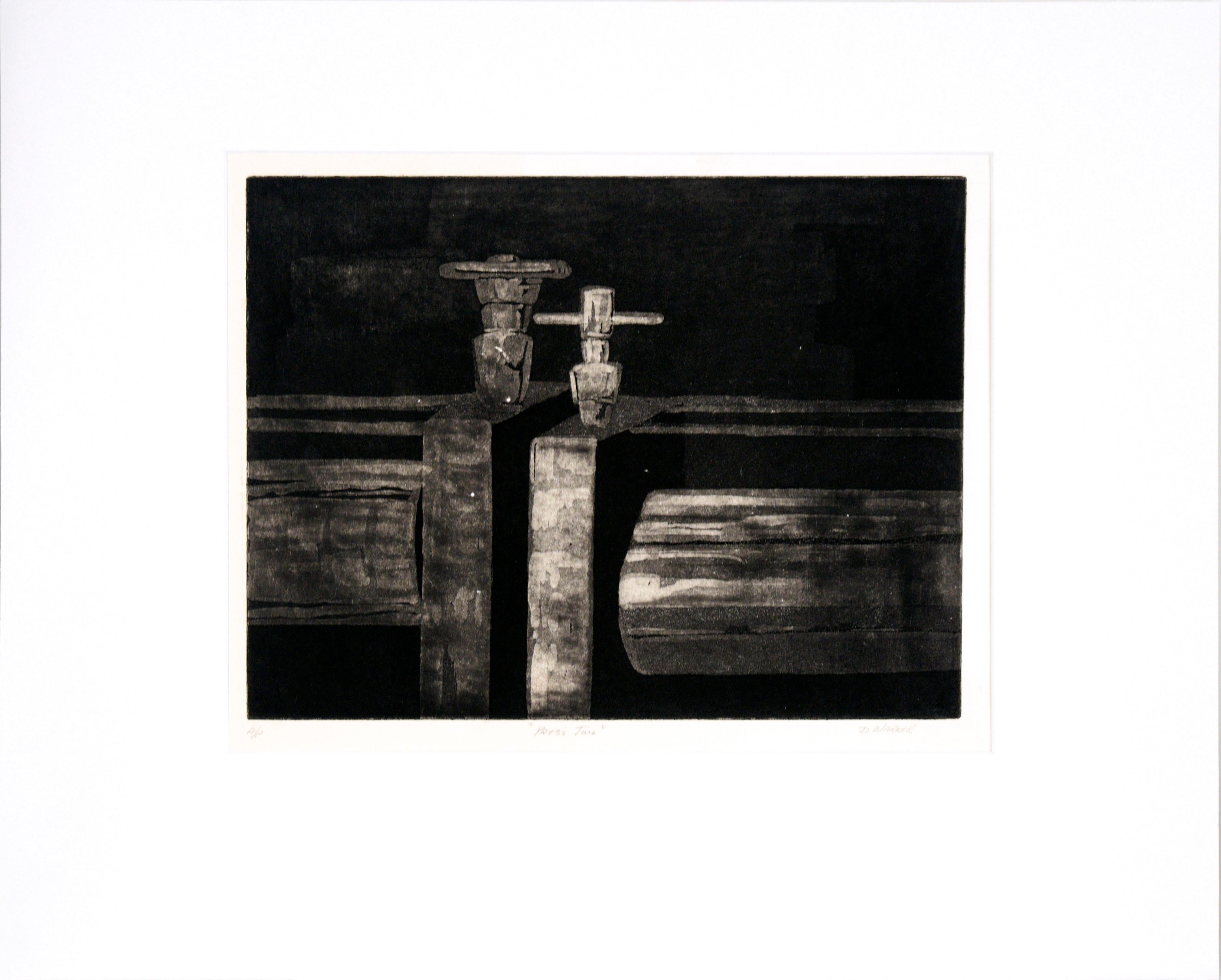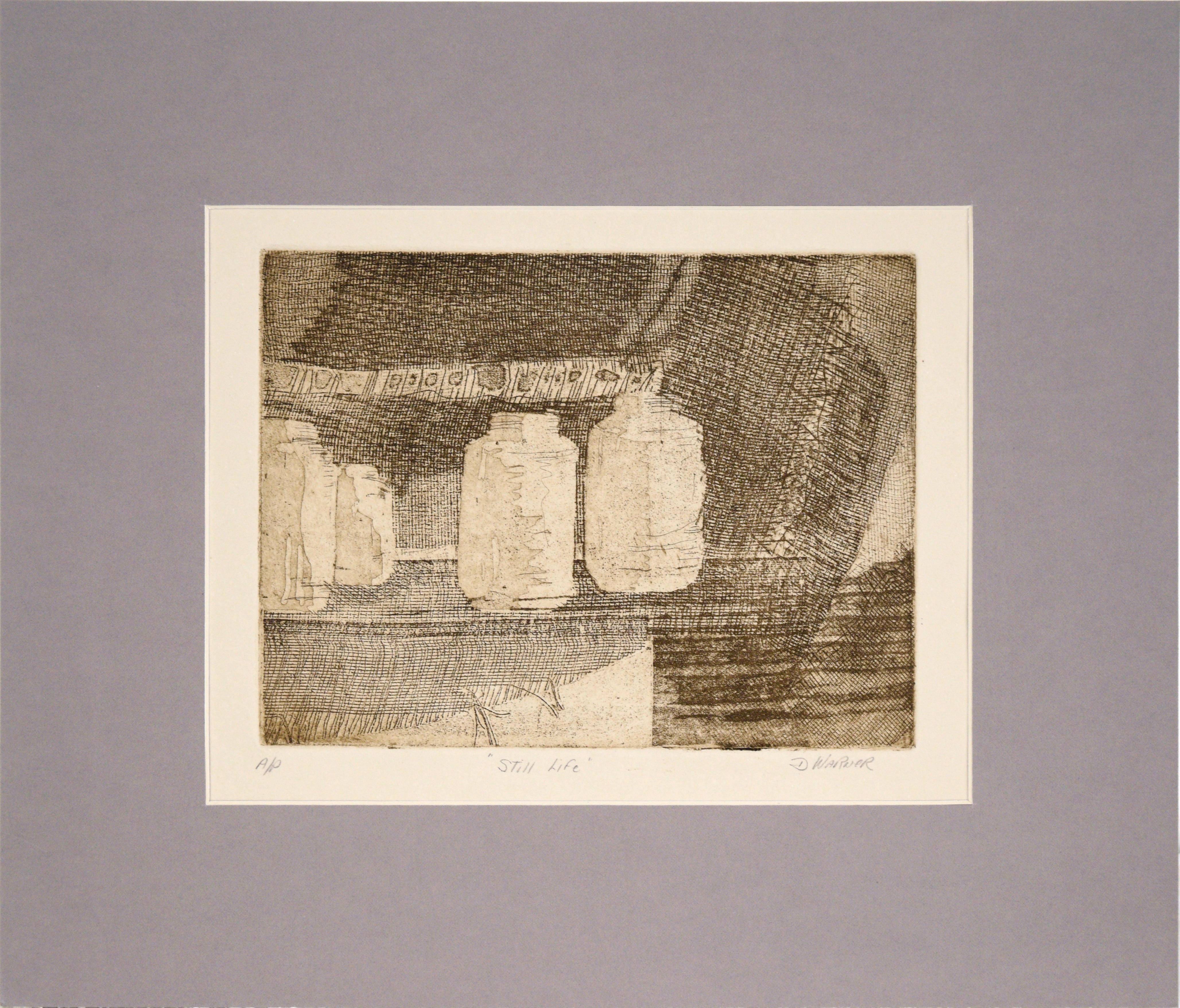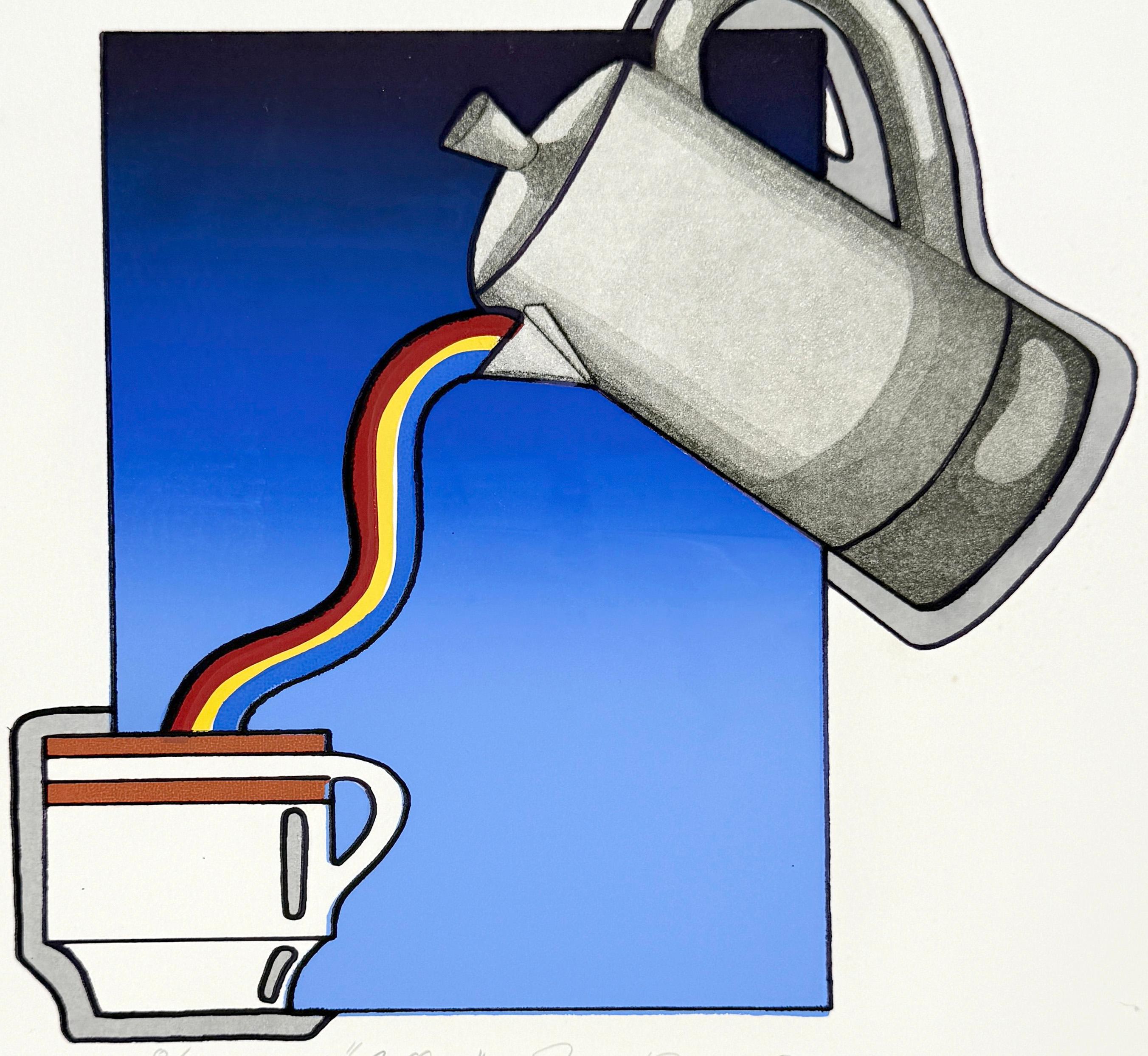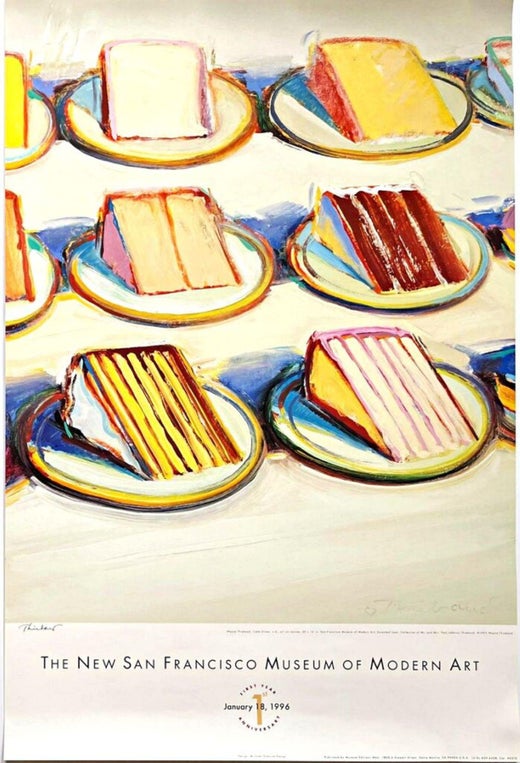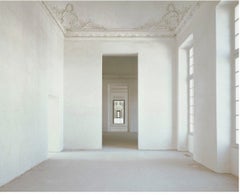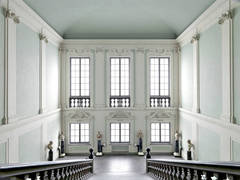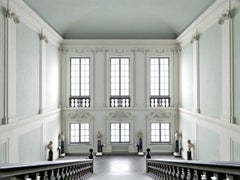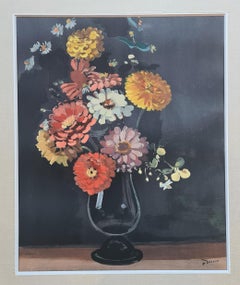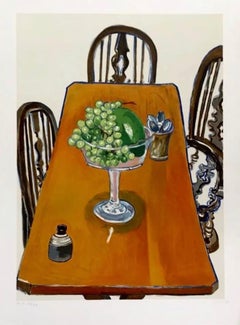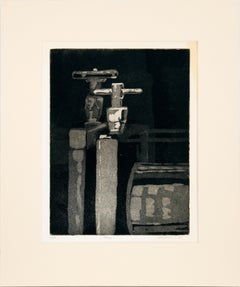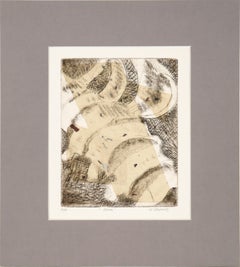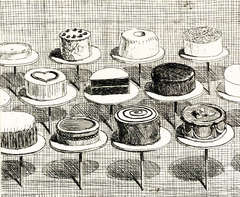
Cake Window (Delight Portfolio)
View Similar Items
Wayne ThiebaudCake Window (Delight Portfolio)
About the Item
- Creator:Wayne Thiebaud (1920, American)
- Dimensions:Height: 11 in (27.94 cm)Width: 13 in (33.02 cm)
- Condition:
- Gallery Location:New York, NY
- Reference Number:1stDibs: LU326115340
Wayne Thiebaud
Wayne Thiebaud’s pastel-hued still-life paintings and prints of baked goods, gumball machines, hot dogs and paint cans are often associated with the Pop art movement, thanks to the mass-cultural appeal of their content. Stylistically, however, Thiebaud eschewed the precision found in the art of such Pop giants as Roy Lichtenstein and Andy Warhol in favor of a more painterly approach, not unlike that of the Italian modernist Giorgio Morandi, whose dreamy paintings of vessels and household objects are simple yet richly atmospheric.
Thiebaud was born in Mesa, Arizona, in 1920 and grew up in Southern California from the age of six months. As a high schooler, he had a summer apprenticeship at Walt Disney Studios, which led to a stint as a graphic artist in the U.S. Army Air Forces’ First Motion Picture Unit during World War II. After the war, he attended the California State College at Sacramento on the G.I. Bill, graduating with a bachelor’s degree in 1951 and earning a master’s soon after. He went on to teach at the University of California, Davis, from 1960 to ’91.
In the late ’50s, time spent living in New York City proved crucial to Thiebaud’s career. There, he befriended Abstract Expressionist painters Willem de Kooning and Franz Kline and drew inspiration from the work of Jasper Johns and Robert Rauschenberg. Admiring the color and form on display in New York’s many bakeries, he began painting small canvases featuring rows of treats, which would become one of his central subjects. Though Thiebaud himself doesn’t identify as a Pop artist, the first major exhibition that brought him national renown was a seminal 1962 Pop show at the Sidney Janis Gallery in Manhattan. That same year, he was included in "New Painting of Common Objects” at the Norton Simon Museum of Art at Pasadena, which also featured paintings by Ed Ruscha and Jim Dine. Iconic works such as Pie Counter (1963) demonstrate Thiebaud’s signature treatment of commonplace items with the grandeur and scale of a landscape.
Thiebaud’s interest in exaggerated colors and vernacular subject matter — characteristics that call to mind images found in mid-century advertising — made him an intriguing figure occupying the hazy borderlands between fine and commercial art. Yet through a masterful handling of paint, evocative use of light and poignant sense of isolation, Thiebaud’s work is unquestionably thoughtful and singular. His later forays into landscape painting, as seen in Steep Street (1989) or Country City (1988), bring to bear his bold use of color on complex urban scenes.
Pieces by Thiebaud can be found in the collections of major museums, including the Whitney Museum of American Art, the Los Angeles County Museum of Art and the Hirshhorn Museum and Sculpture Garden, among many others. In 1994, he was awarded the National Medal of Arts by President Bill Clinton.
Find original Wayne Thiebaud art on 1stDibs.
More From This Seller
View All21st Century and Contemporary Contemporary Color Photography
C Print
21st Century and Contemporary Contemporary Color Photography
C Print
21st Century and Contemporary Contemporary Color Photography
C Print
21st Century and Contemporary Contemporary Color Photography
C Print
Early 2000s Contemporary Color Photography
C Print
21st Century and Contemporary Contemporary Photography
C Print
You May Also Like
Mid-20th Century Still-life Prints
Ink, Printer's Ink, Lithograph
1980s Expressionist Still-life Prints
Lithograph
1980s Abstract Impressionist Interior Prints
Paper, Ink, Etching
1980s Abstract Interior Prints
Paper, Ink, Etching
1980s Abstract Interior Prints
Paper, Ink, Etching
1980s Abstract Impressionist Interior Prints
Paper, Ink, Etching
